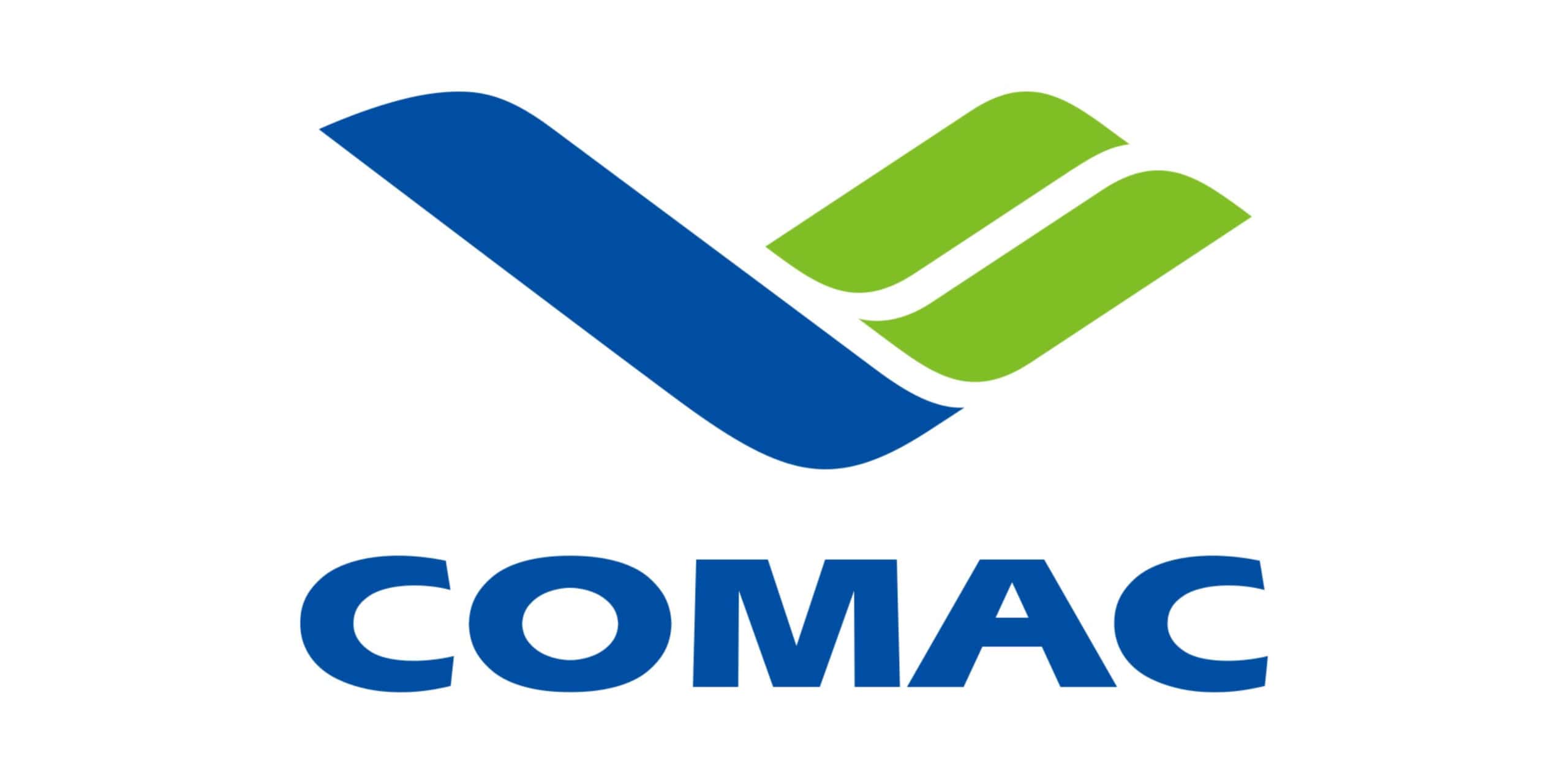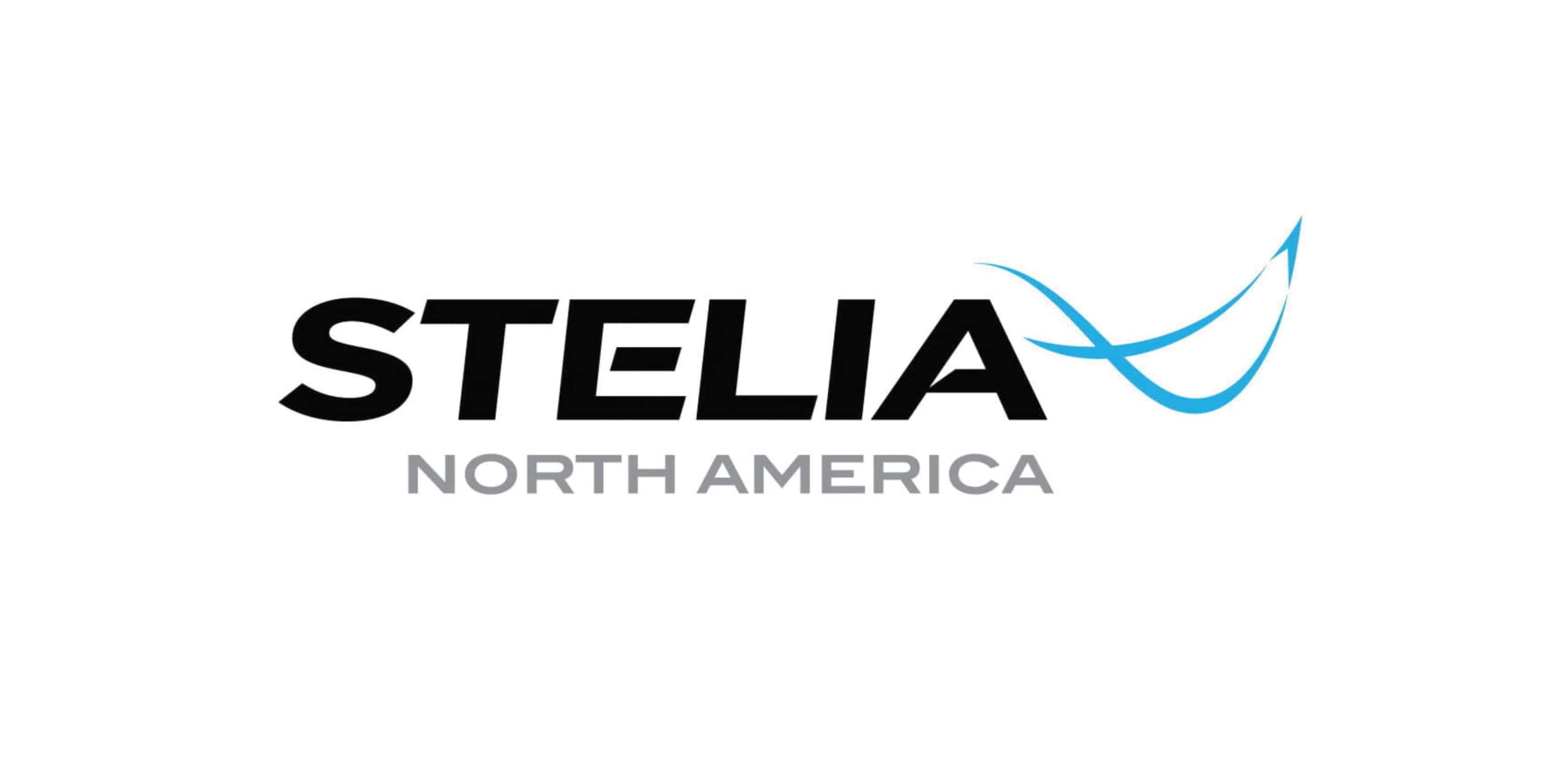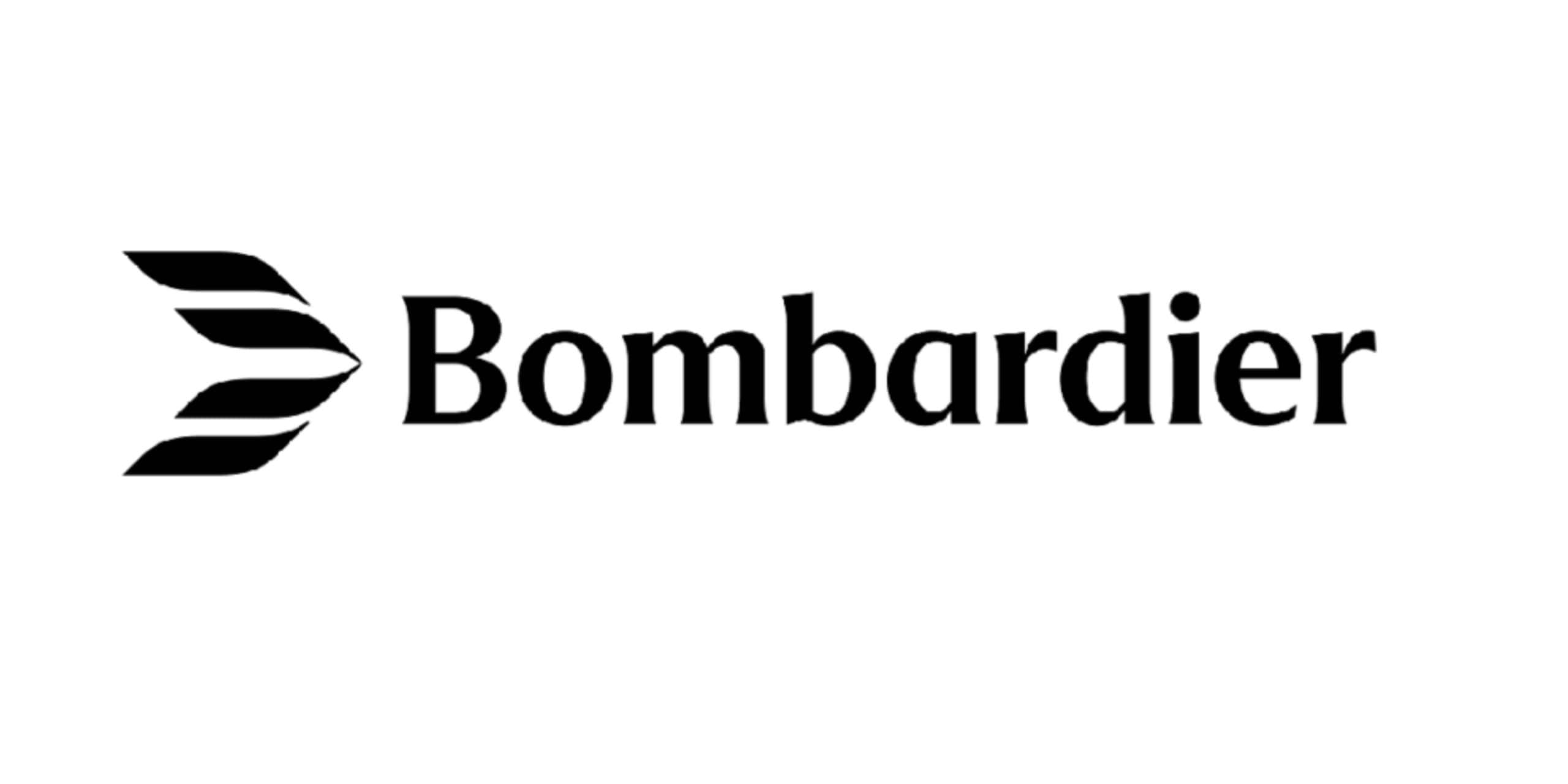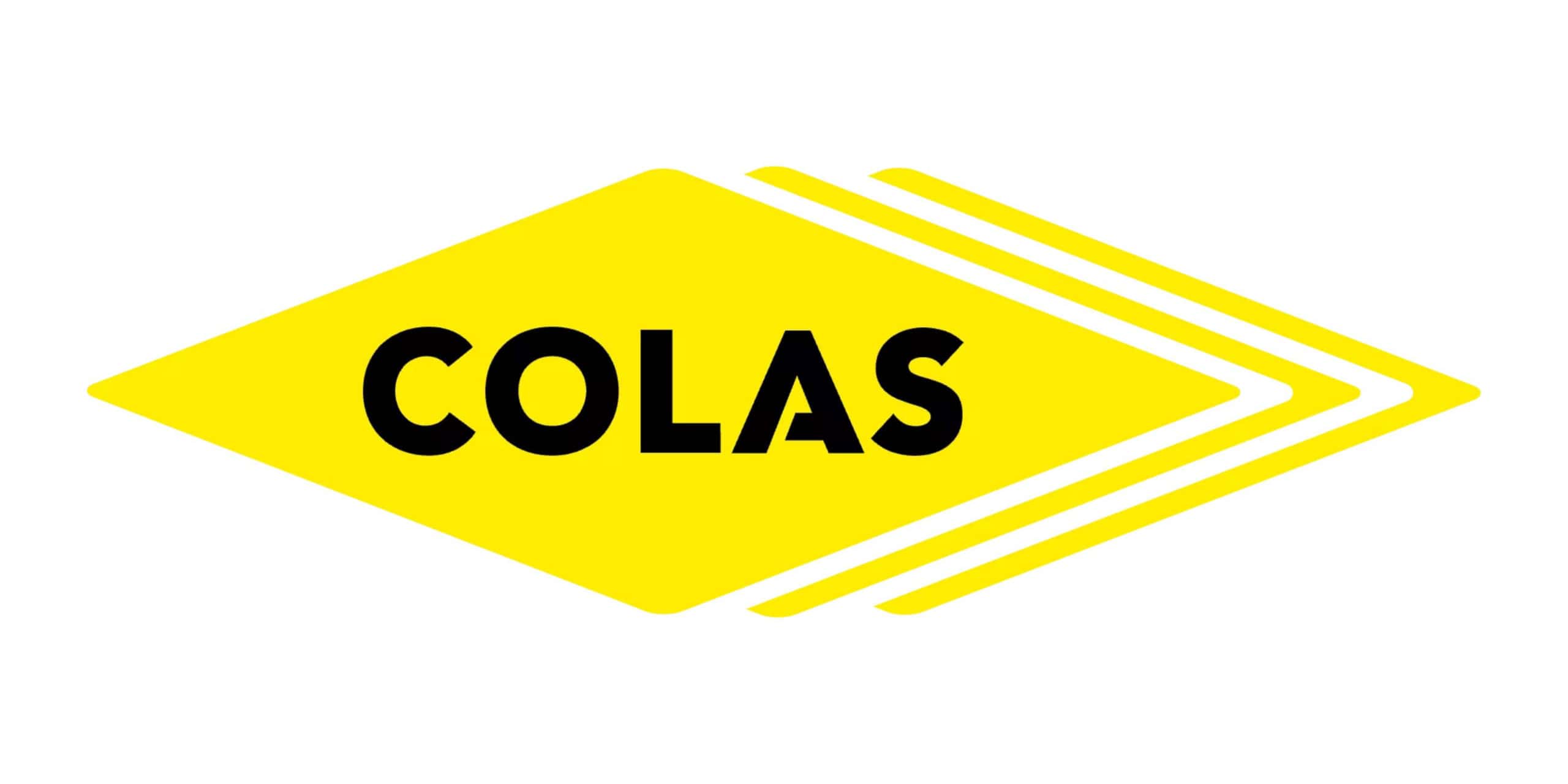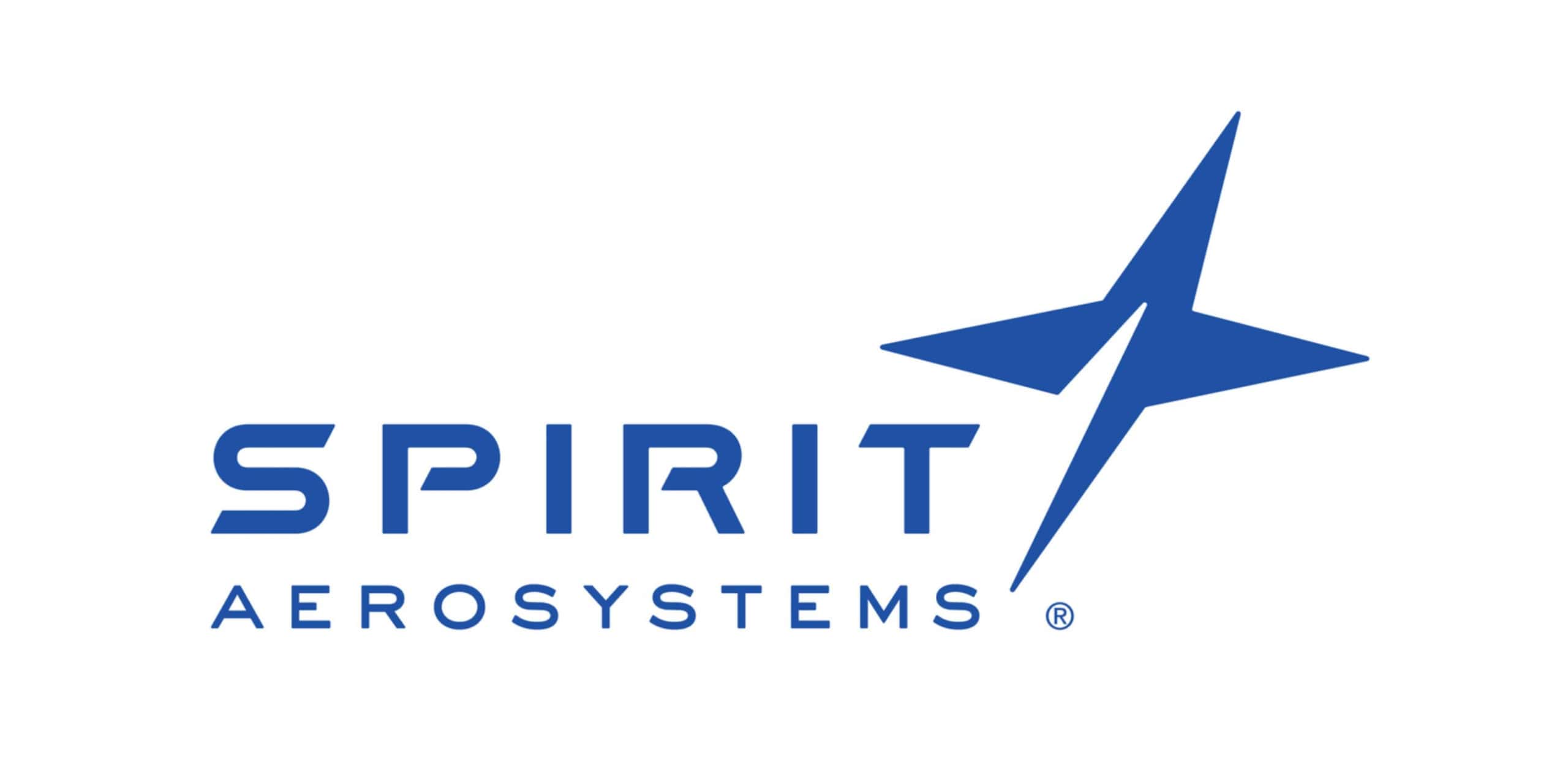A circular economy is an economic system allowing you to reduce waste and pollution and increase resource efficiency. It enables companies to maximize resource reuse, streamline product design, and ensure services last for an extended period.
Research shows that a circular economic model shares, leases, repairs, refurbishes, and recovers materials for a long time. It focuses on zero waste, reducing carbon footprint, and maintaining sustainability throughout materials’ lifecycles. The circular economy has three important aspects, supporting supply chain resilience.
These include removing waste, toxicity, and complexity from products to ensure more effective and reliable end-of-life resource management. The second one is keeping raw materials in use for an extended period and maintaining their highest quality. The third one is returning materials into the ecosystem and ensuring they have positively impacted the environment.
According to Bain and Company, the circular economy offers a wide range of benefits for companies in the supply chain industry, including reliable supplies and maintaining optimal operations during inflation.
Besides, it helps organizations reduce emissions and waste. At the same time, it enables you to identify advanced methods in circularity to create value, determine disruption to profit pools, and develop strategies for scaling.
According to HBR’s report on the circular business model, Adidas is one of the famous examples of how a company has implemented a circular economy in its supply chains.
The company has partnered with Parley for six years to use plastic waste and manufacture textile thread, allowing Adidas to make shoes. Royal Philips & Ingka Group is another excellent example of a circular economy in supply chains.
It is one of the largest IKEA retailers in the franchise, working to develop highly efficient and reliable closed-loop circular systems to improve operations and ensure sustainability.
Developing a closed-loop supply chain strategy for sustainability and cost efficiency
A closed-loop strategy in the supply chain can lead to cost efficiency and sustainability. For example, when you maximize resource efficiency and minimize waste, you can reduce the overall environmental impact. At the same time, you can reduce expenses associated with raw materials procurement and waste disposal.
Implementing the principles and protocols of the circular economy is crucial. It involves designing for circularity, collaborating with suppliers, and implementing recovery practices.
You must also measure and report progress to develop a closed-loop strategy. The purpose is to ensure sustainability and cost-effectiveness. For example, you can design long-lasting products and reprocess them after their life cycle completes.
That way, you can reduce the need for materials and costs. Besides, it would help if you collaborated with suppliers to determine whether they show commitment toward circularity. Doing this is crucial to reducing waste and emissions in the supply chain and minimizing costs associated with waste disposal.
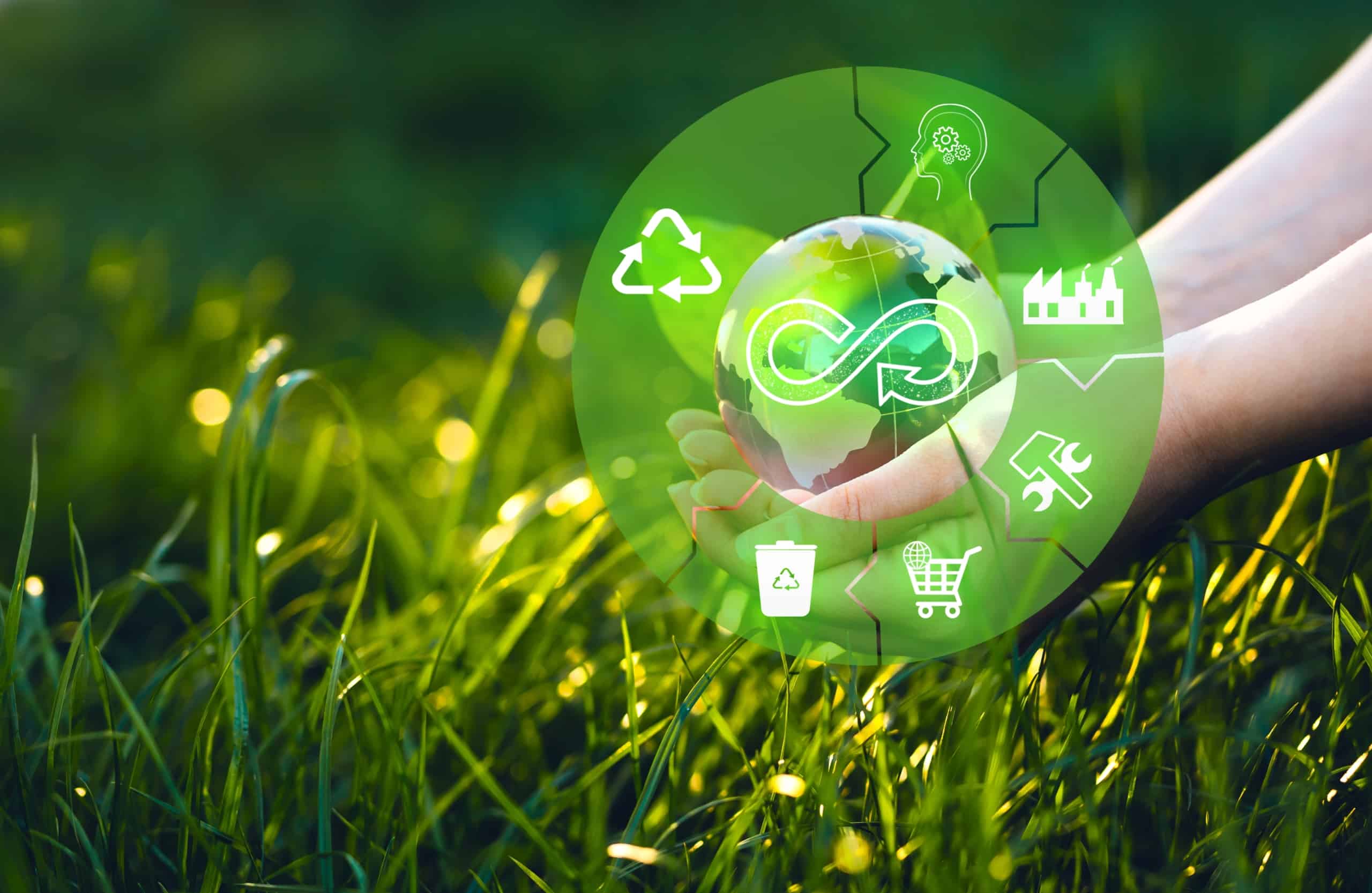
Moreover, developing a closed-loop strategy in the supply chain requires you to create a system for waste minimization. It also involves reusing and recycling resources, and you can achieve this by implementing the principles of circular economy in the supply chain. Let us discuss the steps in developing a closed-loop strategy for the supply chain.
Step 1: Design for Circularity
You must design your products with circularity in mind. Remember, you must focus on less reusable, recyclable, or sustainable materials. Your products must also last for an extended period with reprocessing abilities, especially after their life cycle is complete.
Step 2: Supplier Collaboration
Supplier collaboration is a crucial step in developing a closed-loop strategy. Your organization must work closely with its suppliers. The purpose is to ensure they follow the rules and regulations and play a role in implementing circularity.
Set clear expectations with suppliers and ensure they have evidence-based targets. Next, work with suppliers and share or provide them with insights to drive visibility and transparency in the supply chain.
Step 3: Implement Circular Use and Recovery
Your organization can implement circular use via practices like sharing, leasing, refurbishing, and recovery of materials or goods. In addition, you can use recycling and composting methods to return materials to an industrial process or the environment and ensure everything goes smoothly and safely.
Step 4: Measure and Report
Measuring or reporting is an integral part of the closed-loop strategy, allowing you to track and report progress toward your goals. Remember, this may involve setting targets and monitoring KPIs like resource efficiency, waste reduction, or management.
Implementation of reverse logistics and closed-loop supply chain systems
According to a review study by the International Journal of Production Research, a reverse logistics strategy in the supply chain is crucial for maintaining optimal inventory turn and operating costs. It is an eco-friendly practice that streamlines traditional supply chains and turns them into environmentally friendly and sustainable operations.
A report published by Deloitte U.S. highlights that companies must understand the dynamics of how, why, and when customers return products/items. The purpose is to determine customers’ purchasing behavior, make changes in the strategy, and improve the overall experience.
Closed-loop management in the supply chain involves designing, controlling, and managing the operation of a system, maximizing value creation over the product’s life cycle. The purpose is to create a dynamic recovery of value from various volumes and types of returns over time. Here are a few steps to implement reverse logistics in the supply chain systems.
- Identify returnable and recyclable products.
- Determine the most optimal method for products collection
- Plan for handling these products after you collect them
- Implement a sophisticated system to track these products
- Monitor the system and make changes accordingly
The Role of digital technologies in enabling circular supply chains
According to MIT Technology Review, digital technologies play a critical role in streamlining circular supply chains. Using digital technologies with advanced features or tailored elements can help you gain insights and make informed decisions. The purpose is to unlock value across the supply chains.
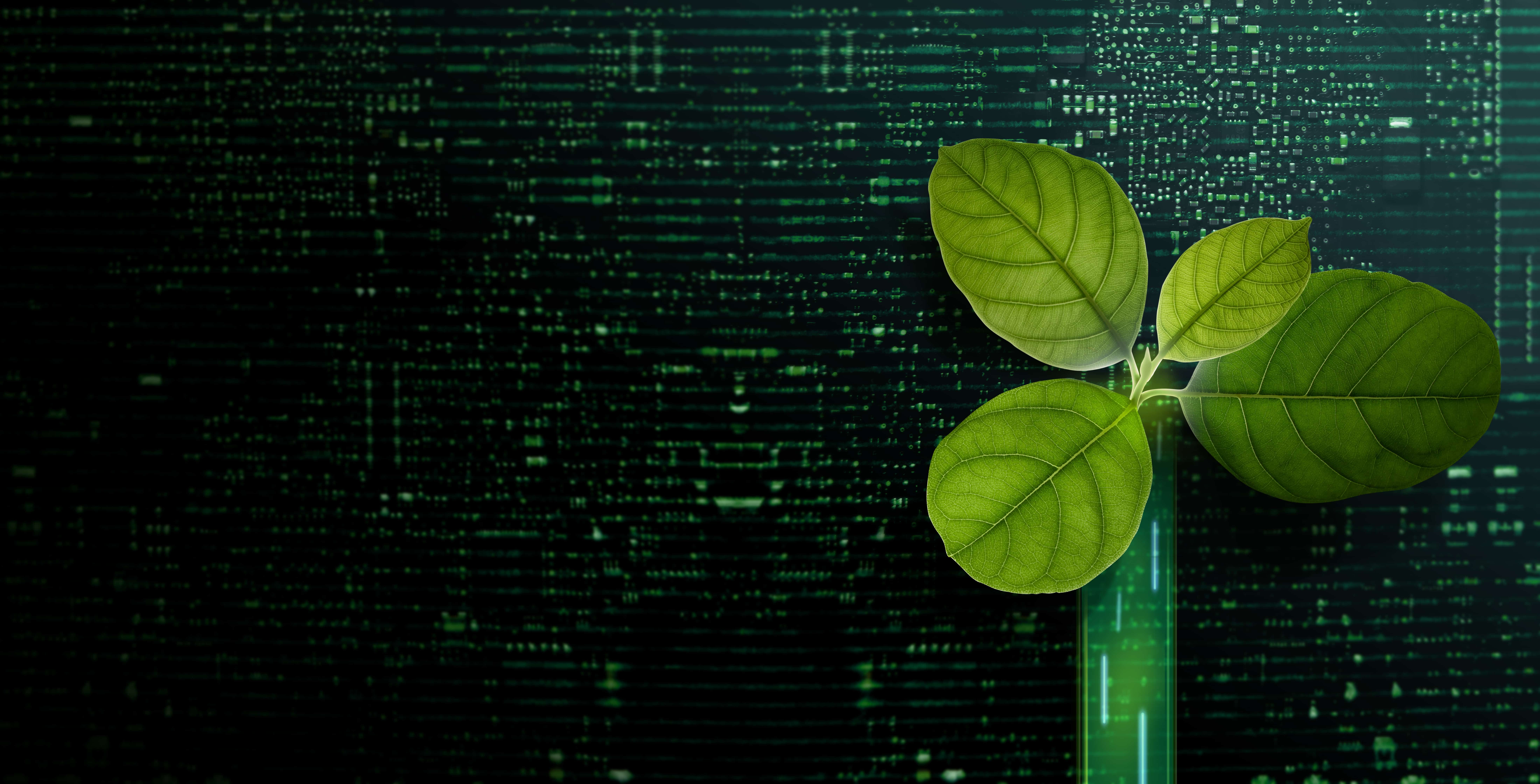
A 2022 research study published by Springer Link highlights that companies implement business models related to the circular economy using digital technologies, allowing them to automate resource management. At the same time, digitalization ensures controlling and optimizing resources, allowing companies to reduce costs or drive them out of the supply chain.
Design for Circularity
You can use digital technologies to streamline product design by making informed decisions about raw materials. For example, you can choose optimized raw materials, reduce toxicity and complexity, and improve reparability and durability.
For instance, advanced mathematical models incorporated in digital apps can help you simulate product performance. At the same time, three-dimensional (3D) printing can help you customize and modulate designs.
Extend Product Life
Modern technology is an excellent way to extend the life of products and components. Not only do they offer services, such as repair, maintenance, refurbishment, and manufacturing, but some technologies, such as IoT sensors, can track product conditions and performance. You can also use advanced technologies like Blockchain to monitor product ownership and provenance.
Recover and Regenerate
You can use modern technology to recover and regenerate resources, primarily from end-of-life products. You can do this through efficient collection, sorting, and recycling processes.
For instance, artificial intelligence and machine learning can optimize reverse logistics and inventory management. At the same time, you can use robotics to automate essential processes, such as product disassembly and materials separation.
Business Models for circular supply chains and the economic benefits of Circularity
The World Resources Institute (WRI) highlights numerous benefits of a circular economy, such as better use of finite resources and natural resources, including forests, water, soil, metals, minerals, etc.
WRI further states that about 45% of greenhouse gas emissions worldwide come from manufacturing, including food production. Therefore, the circular economy is crucial for companies in the manufacturing and supply chain industry.
A circular economy will create a value of $4.5 trillion for companies in the supply chain industry by 2030, ensuring better jobs, sustainable societies, and a clean environment. According to Management Consulted, some of the business models for supply chains to implement a circular economy are:
- Resource recovery
- Sharing platforms
- Product life extension
- Product service systems
Resource economy requires you to buy and sell products when their parts’ lives end. Circular supplies is another business model that involves making your company’s resources 100% recyclable instead of linear.
Sharing platforms allow companies to share services on a single platform accessible by all. Product life extension is another business model you can use to achieve your circular economy goals. It involves making efforts to extend a product’s lifespan.
According to Tandfoline, Product-service systems are another approach or business to improve circularity in the supply chain, creating value in inner circles and cascading use circles.
The impact of circular supply chains on reducing waste and greenhouse gas emissions
The World Economic Forum reports that circular supply chains allow for using products again and again, reducing the use of raw materials and minimizing carbon dioxide emissions. The primary objective of the circular economy is to use better natural resources, such as soil, water, forests, air, and metals.
It requires you to keep the product in use for an extended period and leverage processes like repairing, recycling, and redesigning. Thus, you can use the products again and again. Once the product’s life ends, you keep the materials and reuse them whenever and wherever possible.
Besides, the circular economy can reduce CO2 emissions. It can enhance materials management and streamline production, consumption, and disposal. You can also leverage advanced technologies to optimize products and infrastructure, reducing global greenhouse gas emissions risk.
According to the European Environment Agency, industrial processes and product manufacturing/use contribute to 9.10% of greenhouse gas emissions in Europe. At the same time, waste management is responsible for 3.32% of emissions.
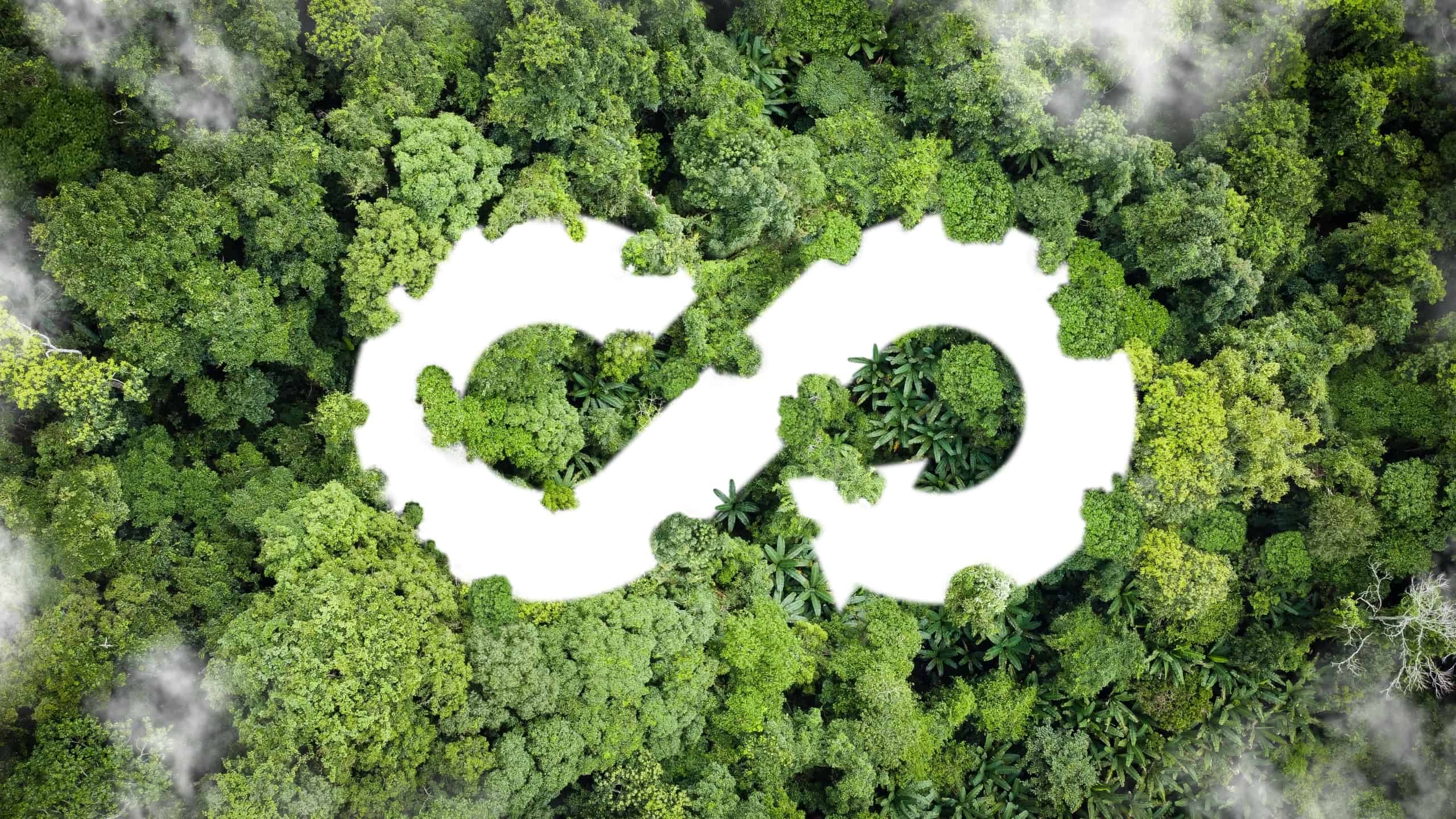
A news article published on European Parliament’s official website shows that moving to a circular economy is an excellent way to decrease consumption levels and mitigate climate change.
The World Economic Forum highlights four critical principles for a circular economy. So, every company working in the supply chain industry must follow these principles to streamline their operations. These principles are:
- Using fewer resources
- Utilizing resources for an extended period
- Recycling resources
- Regenerating resources
Applying these principles worldwide will reduce resource use by 28% and greenhouse gas emissions by 39%. Bear in mind that the goal is to limit global warming by 1.5 degrees. Moreover, circular supply chains are an excellent way to reduce emissions from waste.
These principles can keep resources in use for a long time, allowing companies to extract maximum value before recovering or regenerating them. The purpose is to reduce the quantity of raw materials required and minimize the amount of waste produced.
Furthermore, circular supply chains can reduce the energy required for manufacturing new products. Research shows that circular shifts offer a wide range of benefits, including less packing for food, reducing single-use plastic, and ensuring healthier communities.
Design for circularity: integrating circularity into product design and development
According to Knowledge Hub, circularity maximizes products’ value and their materials throughout the life cycle. You must focus on the design needed for disassembly, select single-fiber materials for recycling at the end of life, and ensure durability and longevity. Here is what you need to achieve your goals.
Collaborative Product-Development Process
McKinsey reports that integrating circularity into product design requires a sophisticated and collaborative process for product development, accounting for sourcing requirements, methods for production, marketing, advertising, sales, and other aspects of handling goods at the end of their lives.
Design Thinking
You can also use design thinking to ensure a seamless and error-free transition into the circular economy. For example, the design methodology allows you to identify and resolve complex issues, allowing you to break down sustainability and circularity into more manageable opportunities.
According to Zalando Design, companies must hire experienced designers with excellent collaboration skills to foster the cross-pollination of ideas, particularly between various teams and disciplines. More importantly, the design allows for better education and communication, allowing teams to engage customers on numerous topics.
Enabling circular supply chains through partnerships and collaboration with suppliers and customers
A circular supply chain is a complex system that allows you to keep the resources in use for a long time. You can generate maximum value from those resources and recover or regenerate products/materials at the end of their life cycle or service.
The primary objective is to reduce waste and minimize the environmental impact, creating new business opportunities and streamlining operations. Partnerships and collaborations are reliable ways to enable circular supply chains with suppliers and customers.
When suppliers work together, they can identify threats and opportunities and use shareable knowledge to optimize operations, improve resource efficiency, and reduce waste throughout the supply chain.
For instance, you can partner with a supplier to manufacture sustainable materials and packaging. Likewise, you can collaborate with customers to implement different programs, including a scheme for taking back products from them.
Remember, this approach offers numerous advantages. For example, you can access new ideas and expertise when collaborating with suppliers and customers. Similarly, you reduce costs via shared resources. You can also leverage economies of scale, improving your company’s reputation by committing to sustainability.
Challenges and Barriers to the Adoption of circular supply chains and potential solutions
Although circular supply chains offer a wide range of benefits, they pose a few challenges. For example, lack of awareness and understanding by companies is one of the most significant disadvantages for businesses in the supply chain industry.
Most companies are unaware of the circular supply chains and do not understand the full potential of the circular economy, making it challenging for them to build support systems and take circular initiatives within the company.
Complexity is another critical issue that most companies in the supply chain industry are unaware of, leading to challenges like the poor implementation of a circular supply chain.
Most companies find it difficult to make changes to their business models, processes, and relationships with suppliers. So, this poses a challenge for businesses, costing them a lot of money, resources, and time.
Lack of incentives is another major challenge for businesses in the supply chain looking to implement and leverage a circular economy. The lack of regulatory or financial incentives makes it challenging for companies to justify their investments in implementing a circular economy.
Moreover, change is always challenging, and most companies experience resistance from their stakeholders, including suppliers, employees, and customers, when implementing circular economy or relevant practices.
The Future of circular supply chains and their role in achieving sustainability goals
According to Forbes, circular supply chains have a promising future, but supply chain sustainability has become complex for companies. However, businesses that invest more money into ESG initiatives can reduce waste and carbon emissions.
Information Week reports that companies prioritize circularity and sustainability amid massive disruptions in the supply chain networks. Implementing the principles of circularity will support better agility and eliminate “take, make, and waste.”
Final Words
A circular economy focuses on three things. First, it reduces waste and pollution worldwide. Second, it keeps materials and products at their high value for an extended period, and third, it regenerates the natural systems.
So, you can implement the principles of a circular economy to create sustainable supply chain networks and management strategies, allowing you to use finite resources better, design out waste and pollution, and support the planet’s health and wellbeing. Until next time!











